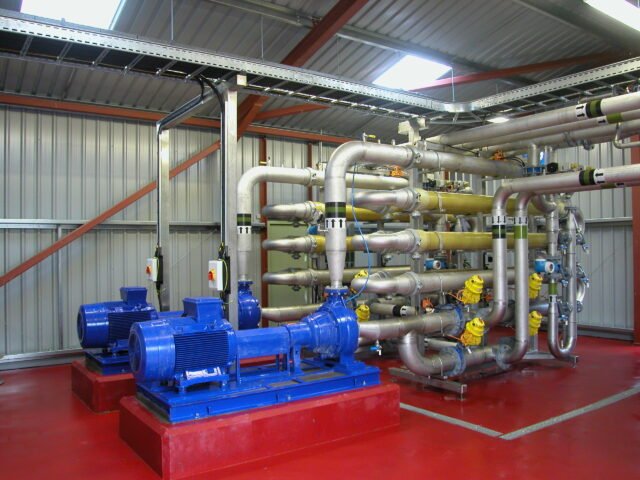
hydrogel-based water purification
Water scarcity is a growing concern around the world, with nearly 1 billion people lacking access to clean and safe drinking water. As the global population continues to increase, the demand for fresh water is only expected to rise. This has led to the development of innovative water purification technologies, such as hydrogel-based water purification systems.
Hydrogels are a class of materials that are highly absorbent and can retain large amounts of water. They are commonly used in medical applications, such as wound dressings and contact lenses, due to their biocompatibility and ability to absorb and release water. Recently, researchers have been exploring the use of hydrogels in water purification systems as a sustainable and cost-effective solution to the global water crisis.
One of the key advantages of hydrogel-based water purification systems is their ability to selectively remove contaminants from water. Hydrogels can be designed to target specific pollutants, such as heavy metals, organic compounds, and bacteria, through the incorporation of functional groups that bind to these contaminants. This makes hydrogel-based purification systems highly efficient at removing pollutants from water, compared to traditional filtration methods.
Additionally, hydrogels can be easily regenerated and reused, making them a sustainable solution for water purification. Once the hydrogel has absorbed contaminants from water, it can be regenerated by rinsing it with a simple solution, such as acid or base, to release the pollutants. This allows for continuous use of the hydrogel-based purification system without the need for frequent replacements or disposal of the material.
Furthermore, hydrogel-based water purification systems are cost-effective and scalable, making them an attractive option for communities with limited resources. The materials required to produce hydrogels are readily available and inexpensive, making them a viable solution for developing countries where access to clean water is a pressing issue. Additionally, hydrogel-based purification systems can be easily integrated into existing water treatment infrastructure, allowing for quick deployment and implementation.
One of the key challenges in developing hydrogel-based water purification systems is optimizing the design of the hydrogel to maximize absorption and removal of contaminants. Researchers are currently exploring different formulations and structures of hydrogels to improve their performance in water purification applications. By fine-tuning the properties of the hydrogel, such as pore size, surface area, and functional groups, researchers hope to enhance the efficiency and selectivity of hydrogel-based purification systems.
Another challenge in implementing hydrogel-based water purification systems is ensuring the safety and stability of the materials. It is important to conduct thorough testing to determine the long-term effects of the hydrogel on water quality and human health. Researchers are actively investigating the biocompatibility and toxicity of hydrogels to ensure that they meet regulatory standards for water treatment applications.
Despite these challenges, hydrogel-based water purification systems show great promise in addressing the global water crisis. Their unique properties, such as high absorbency, selectivity, and reusability, make them an attractive solution for purifying water in a sustainable and cost-effective manner. As research in this field continues to advance, hydrogel-based purification systems have the potential to revolutionize the way we treat and access clean water.
In conclusion, hydrogel-based water purification systems offer a promising solution to the growing issue of water scarcity around the world. Their efficiency, selectivity, sustainability, and cost-effectiveness make them a viable option for communities with limited access to clean water. As research and development in this field progress, hydrogel-based purification systems have the potential to play a significant role in ensuring a sustainable water supply for future generations.
